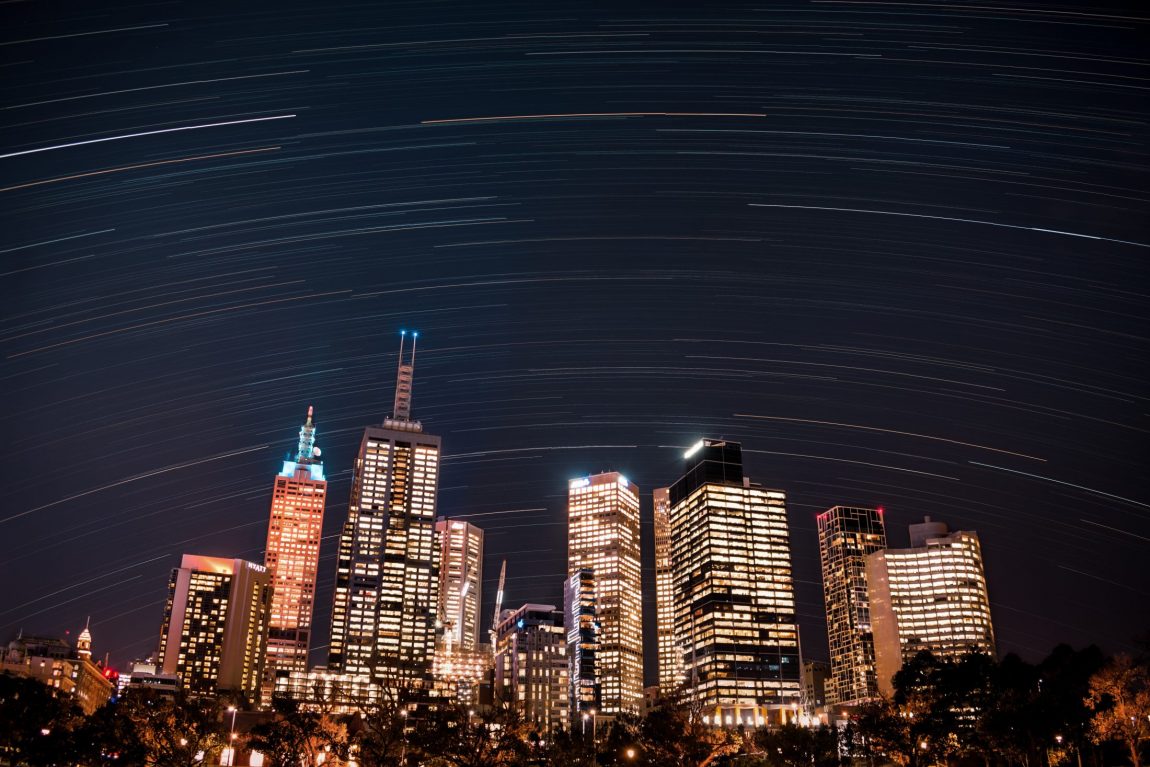Exploring Melbourne: A Comprehensive Guide
Key Takeaways
- Melbourne, the capital of Victoria, Australia, is the country’s second-most populous city.
- Known for its cultural heritage, Melbourne is a hub for Australian rules football, Australian impressionism, and Australian cinema.
- It has a diverse geography, extending from the shores of Port Phillip Bay to the Dandenong and Macedon Ranges.
- The city’s history dates back over 40,000 years with its rich Aboriginal heritage, and it played a significant role during the Victorian gold rush.
- Melbourne is renowned for its mix of modern architecture, extensive tram network, and as a leading financial centre in the Asia-Pacific region.
Introduction to Melbourne
Melbourne, the vibrant capital city of Victoria, is a dynamic blend of history, culture, and modernity. Its diverse geography spans from the scenic coastlines of Port Phillip Bay to the lush landscapes of the Dandenong and Macedon Ranges.
Historical Significance
- Aboriginal Heritage: The land of Melbourne has been a significant meeting place for the Kulin nation clans for over 40,000 years.
- European Settlement: The city was officially founded in 1835, with significant contributions from settlers from Van Diemen’s Land (Tasmania).
- Victorian Gold Rush: In the 1850s, Melbourne flourished economically during the gold rush, becoming one of the world’s largest and wealthiest cities by the late 1880s.
Geography and Climate
- Location and Topography: Melbourne is situated on the southeastern coast of Australia, featuring a mix of urban areas and natural landscapes, including beaches, parks, and mountains.
- Climate: It experiences a temperate oceanic climate, known for its “four seasons in one day,” due to its variable weather patterns.
Culture and Landmarks
- Cultural Hub: Melbourne is recognized for its cultural contributions, including the birth of Australian rules football and Australian cinema.
- Landmarks: Iconic sites include the Melbourne Cricket Ground, National Gallery of Victoria, and the Royal Exhibition Building.
- UNESCO City of Literature: The city’s literary significance is marked by its status as a UNESCO City of Literature.
Modern Melbourne
- Economic Growth: Melbourne has seen significant growth, with international investment and urban renewal projects transforming the cityscape.
- Infrastructure Development: Major infrastructure projects like the Metro Tunnel and the Suburban Rail Loop highlight the city’s ongoing expansion and modernization.
Geography
- Urban Structure: Melbourne’s urban area is extensive, characterized by a mix of high-density city centers and sprawling suburbs.
- Housing Trends: The city faces challenges in public housing and affordability, with ongoing urban renewal projects and high demand for housing.
Architecture
- Victorian Influence: Melbourne is noted for its Victorian-era buildings, alongside modern skyscrapers and diverse residential styles.
- Skyscrapers and Heritage: The city balances modern development with heritage conservation, featuring landmarks like Australia 108 and the Melbourne Town Hall.
Cultural Scene
- Art and Theatre: Home to the National Gallery of Victoria and a thriving theatre district, Melbourne is a focal point for art and performance.
- Music and Festivals: The city’s live music scene and festivals, like the Melbourne International Arts Festival, contribute to its vibrant cultural landscape.
Education
- Academic Hub: Melbourne boasts several top-ranking universities and a reputation as a leading center for education and research.
Governance and Infrastructure
- Governance: The city’s governance is shared between the Victorian government and local councils.
- Healthcare and Transportation: Melbourne has a robust healthcare system and an integrated transport network, including trams, trains, and buses.
Economy
- Diverse Economy: Melbourne’s economy is diversified, with strengths in finance, manufacturing, and tourism.
- Major Financial Centre: The city is a significant financial center in the Asia-Pacific region.
Conclusion
Melbourne’s blend of cultural richness, historical depth, and modern innovation makes it a unique and dynamic city. Its commitment to preserving its heritage while embracing growth and development positions it as a key player both in Australia and globally.





